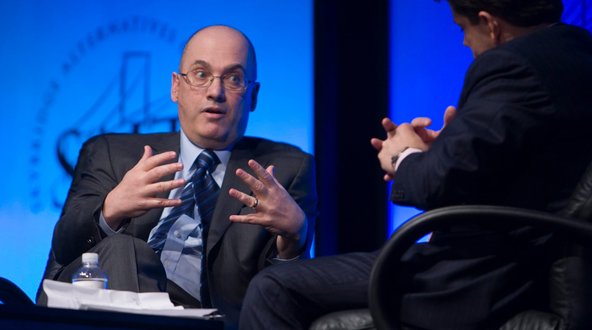 Major League Baseball Andrew McCutchen
Major League Baseball Andrew McCutchen
Trout, Harper, Posey, McCutchen and Price. Sounds like an advertising agency, or a law firm. Actually, the names are those of several of the young stars who will be the face of the effort from Major League Baseball to promote Opening Day 2013.
A commercial that is to begin running on Friday features players who include Mike Trout of the Los Angeles Angels, age 21; Bryce Harper of the Washington Nationals, 20; Buster Posey, 25, of the San Francisco Giants; Andrew McCutchen, 26, of the Pittsburgh Pirates and David Price of the Tampa Bay Rays, who is 27.
The players in the commercial who are the oldest – a relative term – are each 30: Robinson Cano of the New York Yankees, Justin Verlander of the Detroit Tigers and David Wright of the New York Mets.
The commercial presents each player declaring what he will play for when the 2013 season gets under way. For instance, Mr. Harper says, “I play for nine guys playing as one.” Mr. Trout says, “For the history to be written.”
Mr. Posey says, “For three rings in four years,” referring to the two World Series championships won by his team in the last three years.
The commercial ends with Mr. Verlander asserting, “I play for October” – that is, to make the playoffs and, eventually, the World Series.
Viewers of the commercial will notice that the spot takes a serious, earnest tone rather than the lighthearted tack that Major League Baseball sometimes uses in its promotional efforts. It seems as if the young players are readying themselves to compete in “The Hunger Games” rather than in the American and National leagues.
Major League Baseball executives “challenged us to give the work a different feel and a different energy,” said Karen Kaplan, president at Hill Holliday in Boston, the agency owned by the Interpublic Group of Companies that is creating the campaign.
The goal was “to demonstrate the passion” the players have, she added, in a way that would seem as if it was “getting inside the players’ heads and giving people a glimpse of what’s going on.”
There will also be subsequent commercials that are focused on the young stars one at a time, including Mr. Harper and Mr. McCutchen. There will also be spots in Spanish with Spanish-speaking players like Mr. Cano.
The follow-up commercials also use the “I play for” template, with Mr. Harper making statements like “I play for the ‘W’ on my hat. And 95 more in the ‘win’ column” and for “the Nationals red pumping through my veins.”
In his spot, Mr. McCutchen says, “I play for the Steel City,” meaning Pittsburgh, and “for those who wore the ‘P’ before me.”
For years, Major League Baseball has sought ways to appeal to younger Americans, concerned that the aging of the fan base for baseball will in the long run have ominous consequences.
Now, M.L.B. has “a maybe once-in-a-decade opportunity” to reach those younger potential fans, said Tim Brosnan, executive vice president for business at the league, through “these blooming assets” – in other words, “this incredible crop of young stars ready for prime time.”
“Younger fans identify with superstars,” Mr. Brosnan said, and also with players “who are more like them.”
This season, it seems those two categories could be one and the same, in that “as a group, you could argue, they are the brightest, largest crop of superstars we’ve had in a long time,” he added.
Asked about the inclusion of 30-year-old players in the commercial, Mr. Brosnan joked that Mr. Wright had “the face of an 18-year-old, a baby face.”
The serious tone of the commercials, Ms. Kaplan said, reflects how the young players share a “commitment to getting to the postseason.”
The message is that “for the players, there is a lot at stake,” she added, “and for the fans, there’s something to watch in every game, in every play, and you don’t want to miss anything.”
The “I play for” theme will be extended into social media, Ms. Kaplan and Mr. Brosnan said. Fans will be asked why they watch or play baseball and why they root for their favorite players and teams. Their answers will be solicited in the form of brief video clips on the new Vine video-sharing feature offered by Twitter.
The commercials will appear on channels and networks that present Major League Baseball games, including ESPN, Fox, MLB Network and TBS. They will also run online and have a landing page on a fan-focused Web site operated by M.L.B., mlbfancave.com.
Article source: http://mediadecoder.blogs.nytimes.com/2013/03/22/m-l-b-turns-to-young-stars-to-reach-new-fans/?partner=rss&emc=rss

